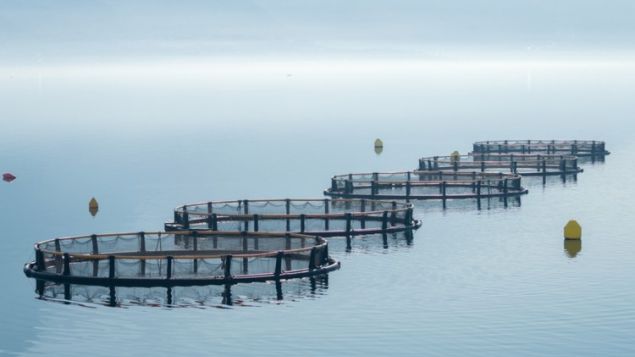

Although changes may seen in the figures, aquaculture production is about 500 thousand tones in our country and the produced products are prepared to consume as being fresh or manufactured. Aquaculture wastes such as; deformed fish, uneconomical scrap types, head, tail, bone, carapace, scale, visceral organ, blood and other liquids are seen according to the livestock types (fish, two- leaf and arthropod) at the rate of 40- 60 percentage in the businesses during the production step.
Aquaculture residuals include high level of protein and contains minerals, vitamins and qualified oil acids. Therefore, wastes can find usage fields such as; nutrient, cosmetic, feed industry and many other industrial applications. Fish meal, fish oil, fish silage, protein hydrolysate, chitin, chitosan, enzyme, collagen and gelatine are the products with high added value.
Additionally; there are some materials which are obtained from crustacean water products as below;
Chitin and Chitosan; These exist in the carapaces of livestocks such as; chitin, shrimp, mussel, lobster, insect and crab in high levels. (about 17- 32 percentage) Chitin is obtained from the carapaces of livestocks with chemical methods and also purification and degredation processes. Moreover, it is being used in many production fields in food and medicine industry. Chitin composes the raw material of chitosan. Chitosan is obtained with the addition of chitin and alkali solution. It is a strong adsorbent and used actively in chemical and biological purification of the water. Nevertheless, it can be used as an antioxidant and antimicrobial product in physic and pharmacology while it can be used as a valuable product as a food additive in food industry. And it is accepted as a valuable product to use in packaging material productions. Additionally; chitosan can also be used in bioethanol production.
Carotenoid Pigments; Crab, shrimp and lobster wastes are the most important sources in carotenoid pigments. Lining, which is the most important type of carotenoid pigment, is usually obtained with fermentation, enzymatic and organic dissolution during chitin and chitosan production. It is especially added to the feed formulations in order to provide coloration for meat, skin and egg of the fish in breeding.
Glucosamine, can be obtained at the grade of % 60- 70 percentage after hydrolisation of glucosamine kit and hydrochloric acid. It can peakly be procured from sea cucumber in saltwater and can prevelantly be used in many production applications such as food industry, cosmetics, agriculture and pharmacology fields in Far East.
Hyaluronic acid and alkaline phosphatase exist in the soft tissue of crustaceans and internal surfaces. These enzymes which are used in physic with the purpose of prognosis and treatment, are sensitive against heat and they are obtained from heat controlled and multi- staged special degradation process.
Additionally; the usage fields of marine macroalgae and microalgaeare from pharmacology to production of food additives, biodiesel and smart building designs.
I would like to give an example from a EU supported project of Yaşar University which students from the Faculty of Architecture prepared with the support of Nilüfer Municipality and our Seafood Business. A prototype house which the algae production systems are used, is going to built in this project.
In some countries, the algae production systems use CO2 as inputs for algae production and the produced oxygen in indoor ventilation. Moreover, these systems convert the produced algae to energy.
As another example; I would like to mention about a project which is made in one of the universities in Germany. The studients who take place in this project, activate mussel proteins by treating them with ultraviolet and in consequence of the process; these proteins can be used for speeding up the healing process of bone fractures and wounds.
According to the medical indications; biological cohesives are said to be demanded for a long while and these cohesives are announced to be insufficient in terms of some critical features such as; fiber connection strength, high stability in the physiological moisture environment, controllable biodegredation features, problems in the immune system and non toxicity. But, it is concurrently indicated that; these cohesives feature all of the factors that are mentioned above and are required for wound healing and critic osteotomy.
Have you ever heard that a score of students in Antalya Ted Collage in our country produced plaster from the crab and shrimp shells and become the global leader by sending their projects to Genius Olympiads in U.S.A? In the sequel; the students were invited to New York to further their education in Eyalet University by getting 10.000 dollars scholarship annually. They explained the basic feature of their products as healing any type of wounds being air- permeable and soluble and indicated that it will especially be used for burn injury treatments.
In brief;
The nature doesn’t produce waste...
Aquaculture is our future...
We should trust young generations...
Register to our newsletter in order to be aware of our announcements and news.
